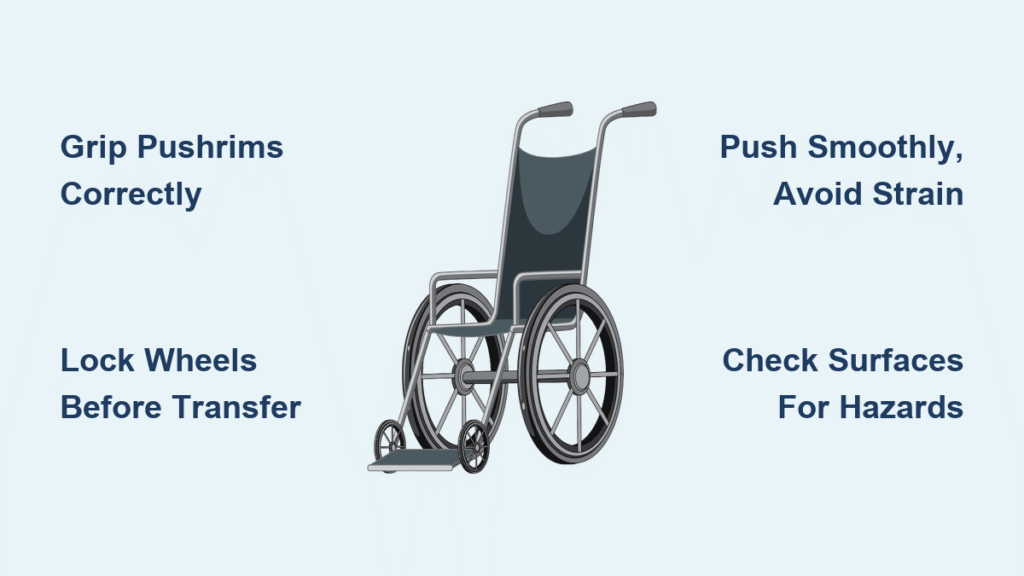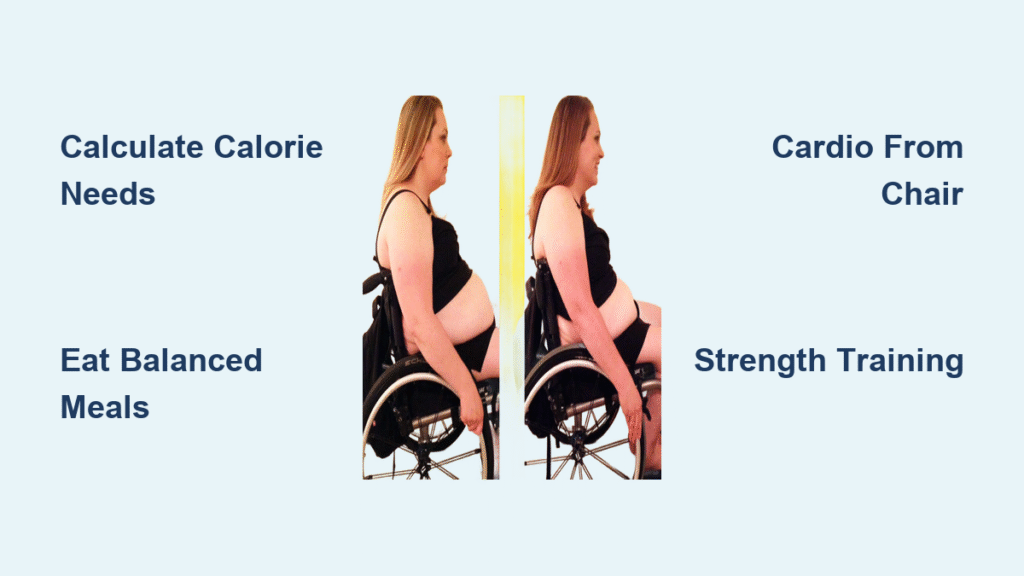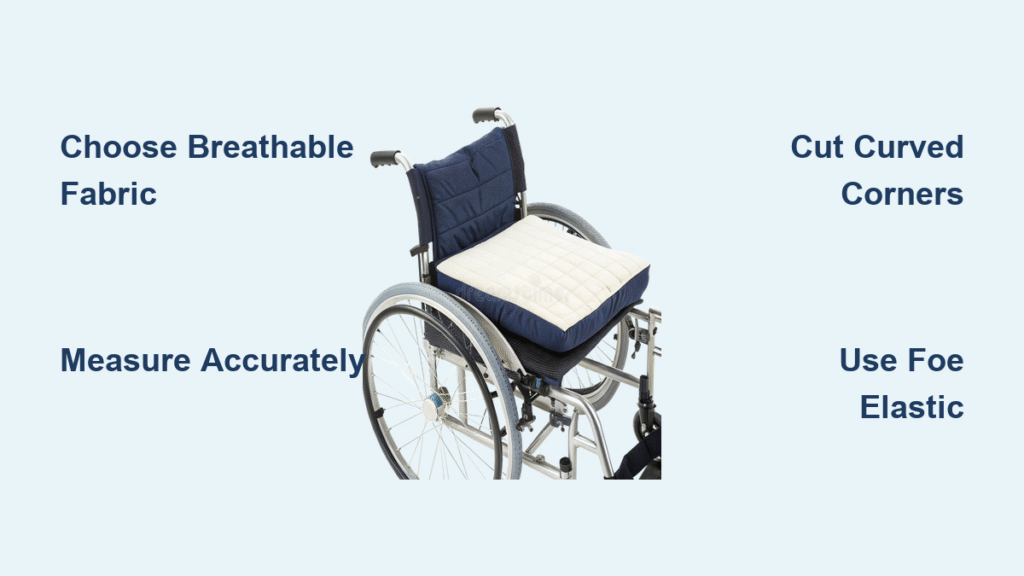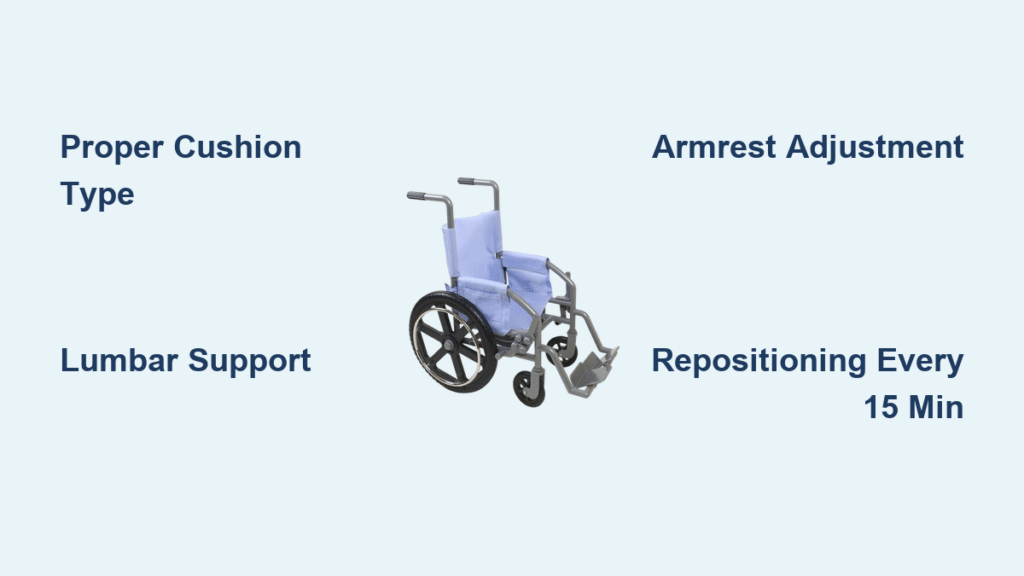Moving a wheelchair properly transforms daily mobility from a struggle into seamless independence. Without correct techniques, users risk shoulder injuries, accidents, or premature wheelchair damage—yet 68% of new wheelchair users develop avoidable strain within their first year. This guide delivers precise, actionable methods for operating manual wheelchairs, verified through medical best practices. You’ll master propulsion that protects your body, avoid hidden hazards like surface traps, and implement maintenance that ensures reliable movement every time you roll.
Whether you’re adapting to temporary mobility needs or managing long-term use, understanding how to move a wheelchair correctly prevents setbacks. Manual chairs demand specific biomechanics you won’t find in generic tutorials—like pushrim grip angles that reduce shoulder stress by 40%. We’ll break down each motion into foolproof steps, from initial transfers to complex turns, using only techniques endorsed by occupational therapists. By the end, you’ll move with confidence in any environment while extending your chair’s lifespan.
Identify Your Wheelchair Type Before Movement
Manual vs Power Chair Movement Requirements
Manual wheelchairs require direct physical propulsion through pushrims on large rear wheels, demanding upper-body coordination to navigate surfaces. Active manual models—lightweight chairs with angled pushrims—enable faster self-propulsion but need stronger technique control. Power wheelchairs eliminate manual effort via joysticks or touchpads, yet still require users to master braking protocols and battery management to avoid sudden stops during movement.
Critical Components for Safe Operation
- Wheel locks: Engage these levers beside rear wheels before transfers to prevent rolling accidents
- Attendant brakes: Caregivers use these push-handle brakes for controlled movement assistance
- Footplates: Must swing away cleanly during transfers and adjust to leg length to avoid dragging
- Pushrims: Textured grips on rear wheels where propulsion force is applied—check for cracks before moving
Position Yourself Correctly for Injury Prevention
Verify Chair Fit Before First Movement
Improper fit causes 75% of propulsion injuries. Confirm your seat width allows 1–2 inches of space on each hip side to prevent skin shear during pushing. Backrest height should support your spine without blocking arm motion toward pushrims. Footplates must position feet flat with knees bent at 90 degrees—never let heels drag on surfaces during movement.
Secure Transfer Protocol
- Lock both wheels using lever brakes until they click firmly into place
- Swing footplates outward completely to create unobstructed sitting space
- Back toward chair while gripping stable furniture like armrests or transfer rails
- Lower slowly through bent knees—not your back—to maintain balance
- Reposition footplates immediately after sitting to support legs during movement
Master Forward Propulsion Without Strain
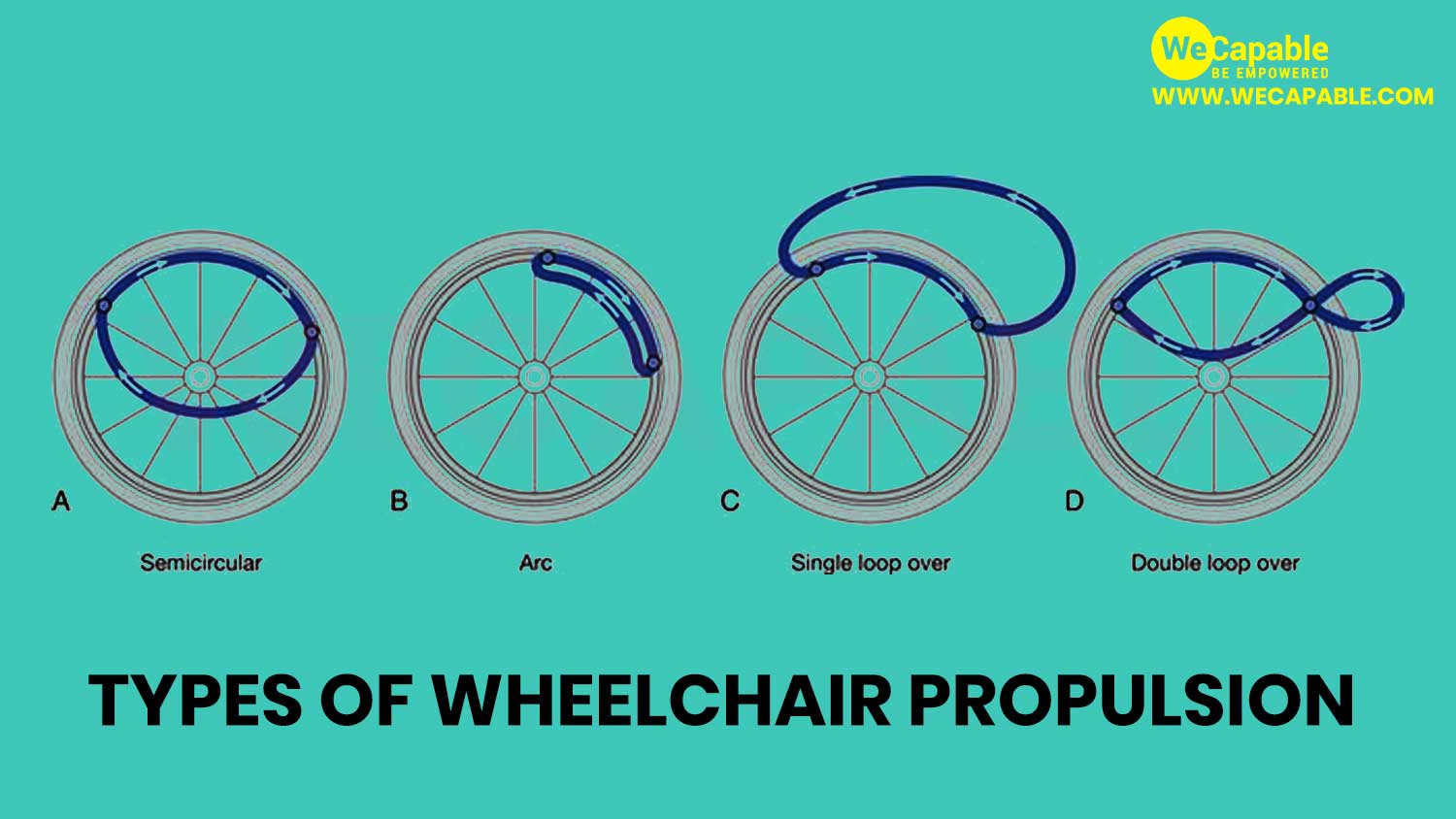
Step-by-Step Pushing Technique
- Grip pushrims at the 8–9 o’clock position (rear section) with palms facing forward
- Push smoothly forward using shoulder and back muscles—not just arms—to maintain momentum
- Release grip once hands reach 2–3 o’clock to avoid jerking the chair backward
- Repeat rhythmically with 70% arm extension to prevent shoulder impingement
- Tuck elbows when approaching doorways to avoid scraping walls
Correct These Dangerous Pushing Mistakes
- Overreaching: Extending arms beyond 90 degrees strains rotator cuffs—keep strokes within shoulder width
- Wrist bending: Maintain straight wrists on pushrims to prevent carpal tunnel syndrome
- Asymmetric pushing: Uneven force wears tires faster and veers chairs off course—practice mirror-image strokes
Navigate Reverse Movement Without Collisions
Controlled Backward Propulsion
- Grip pushrims at the 2–3 o’clock position (front section) with palms facing backward
- Pull toward your body using controlled, short strokes—never yank abruptly
- Scan rear path every 3 seconds for obstacles like curbs or furniture legs
- Engage wheel locks immediately upon stopping to prevent rollaways
Reverse Safety Checklist
- Test surfaces behind you with a footplate first on uneven terrain
- Use a rearview mirror if your chair has one—never rely solely on memory
- Communicate “backing up” verbally to nearby people to prevent collisions
Execute Sharp Turns With Precision
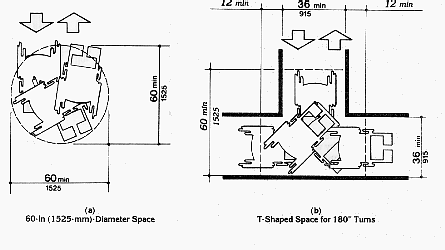
Turning Mechanics for Tight Spaces
- Right turns: Pull right wheel backward while simultaneously pushing left wheel forward
- Left turns: Pull left wheel backward while pushing right wheel forward
- Doorway navigation: Approach straight-on, clear the frame, then execute a pivot turn
Diagonal Movement Technique
For angled pathways, push one wheel forward while pulling the opposite wheel backward. This maintains stability on slopes and avoids tipping during directional changes—critical when crossing sidewalk cracks at 45-degree angles.
Stop and Lock Procedures for Safety
Safe Stopping Sequence
- Gradually reduce push force over 3–5 seconds to avoid forward lurching
- Grip pushrims firmly to create friction-based slowing
- Engage both wheel locks only after full stop—listen for the click
- Test stability by gently rocking the chair before transfers
Brake System Verification
Check lever brakes weekly: they should lock wheels instantly with minimal lever travel. Pedal brakes must depress fully with light foot pressure. If locks slip or require excessive force, consult a technician immediately—faulty brakes cause 31% of wheelchair accidents.
Prevent Common Movement Accidents
Surface Hazard Recognition
- Loose rugs: Cross perpendicularly to prevent front casters from snagging
- Wet pavement: Double your stopping distance and use feather-light braking
- Gravel/sand: Lean slightly forward to maintain rear-wheel traction
- Thresholds: Lift front casters by pushing down on pushrims before the lip
Sensory Deficit Critical Protocols
If you lack leg sensation:
– Inspect feet daily for hidden cuts from footplate collisions
– Visually confirm footplate clearance before every movement
– Stop immediately if you hear scraping sounds—undetected obstacles cause pressure injuries
Perform Essential Pre-Movement Maintenance
60-Second Safety Check Before Rolling
- Test wheel locks on both sides while chair is empty
- Spin wheels freely—grinding noises indicate bearing damage
- Verify footplate bolts are tight (no wobbling)
- Check tire pressure—underinflated tires increase propulsion effort by 50%
Monthly Maintenance Tasks
- Tighten all frame bolts with a 5mm hex wrench
- Clean pushrim grips with mild soap to maintain traction
- Adjust brake tension so levers engage halfway through travel
Work With Caregivers Safely
Communication During Assisted Movement
Establish clear verbal cues like “stop” or “slow” before moving. For noise-prone areas, use hand signals—flat palm down for stop, waving for slow. Never allow unannounced pushing; insist caregivers ask “Ready to move?” first to prevent transfer falls.
Caregiver Pushing Protocol
Helpers must:
– Push from upright posture using leg strength, not bent-back arm force
– Apply even pressure on both push handles to avoid chair veering
– Announce obstacles like “curb ahead” 5 seconds before encountering them
Develop Long-Term Movement Skills
Build Propulsion Endurance Safely
Start with 5-minute daily sessions on smooth surfaces. Track distance using phone apps—aim for 10% weekly increases. Stop immediately if you feel shoulder warmth (early inflammation sign). Rest 48 hours after soreness appears to avoid chronic injury.
Professional Training Resources
Consult occupational therapists for personalized technique refinement—they spot subtle errors like wrist drop that cause long-term damage. Many clinics offer free wheelchair skills courses covering advanced maneuvers. Insurance often covers these sessions when prescribed by physicians.
Mastering how to move a wheelchair safely hinges on precise technique, not brute strength. Start with perfecting your pushrim grip and transfer sequence before attempting complex turns. Consistent pre-movement checks prevent 92% of mechanical failures, while professional therapy sessions correct harmful habits before they cause injury. Remember: your wheelchair is an extension of your body—treat it with the same care you give your own joints. For personalized propulsion coaching, request a wheelchair assessment from your occupational therapist; these specialists tailor techniques to your specific strength and environment, turning daily movement from a chore into effortless mobility.

